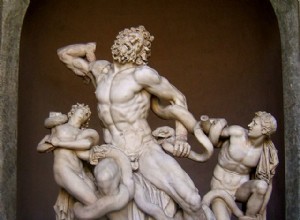In 555 AD Byzantine and Sassanid empires fought again on the occasion of the occupation of Laziki in the Black Sea. After a series of battles a powerful Persian army under the general Nahoragan besieged the small Byzantine forces in the city of Fasi, known from the Descent of the Myria. The Persi




